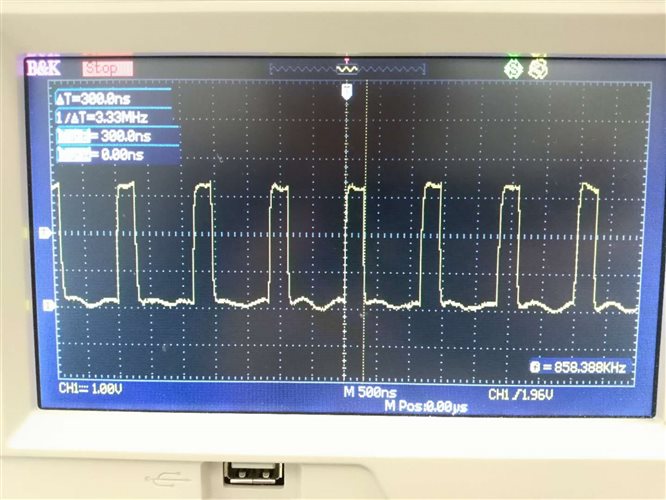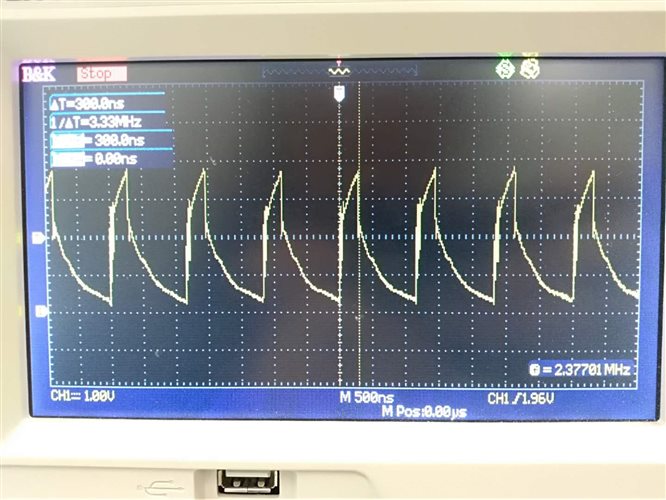Part Number:CC256XQFNEM
Tool/software: Code Composer Studio
I have purchased eval kit MSP-EXP430F5438 Experimenter Board and two different version of dual Bluetooth extension modules, one of the is CC256xQFNEM and the other is CC2564MODAEM.
I have install CCs-8.3 version and MSP430 Compiler v 4.15.
The above builds without errors all project examples for TI dual-mode Bluetooth® stack on MSP430 MCUs CC256XMSPBTLESW Version v.15 R2 ( updated with patch for the CC256x devices v.1.7.
and added to BTVS.c the follwing lines - they make no difference)
#define __SUPPORT_CC256XB_PATCH__
//#define __CC256XBH__
My problem is that only SPPDemo can open the TI Bluetooth stack without any errors. However it can not pair to anything and it is invisible to any Bluetooth enabled devices from Android nor windows and Apple.
Can anybody please shed some light on how to get those TI example working on the above eval boards?
Do I need a different eval board, do I need to fix old library - TI please speak up what am I doing wrong ..what is the right way to use your products?
The Wiki pages for the stack library examples are not helping to resolve it at all.
OpenStack().
Bluetooth Stack ID: 1
Device Chipset: 4.0
BD_ADDR: 0xD4F5135E1BC4
the other examples gives the following errors:
HIDemo:
OpenStack().
Stack Initialization Failed: -4.
Unable to open the stack.
HTPDemo:
OpenStack().
Error - BSC_Initialize returned -4.
Unable to open the stack.
Thank you,







